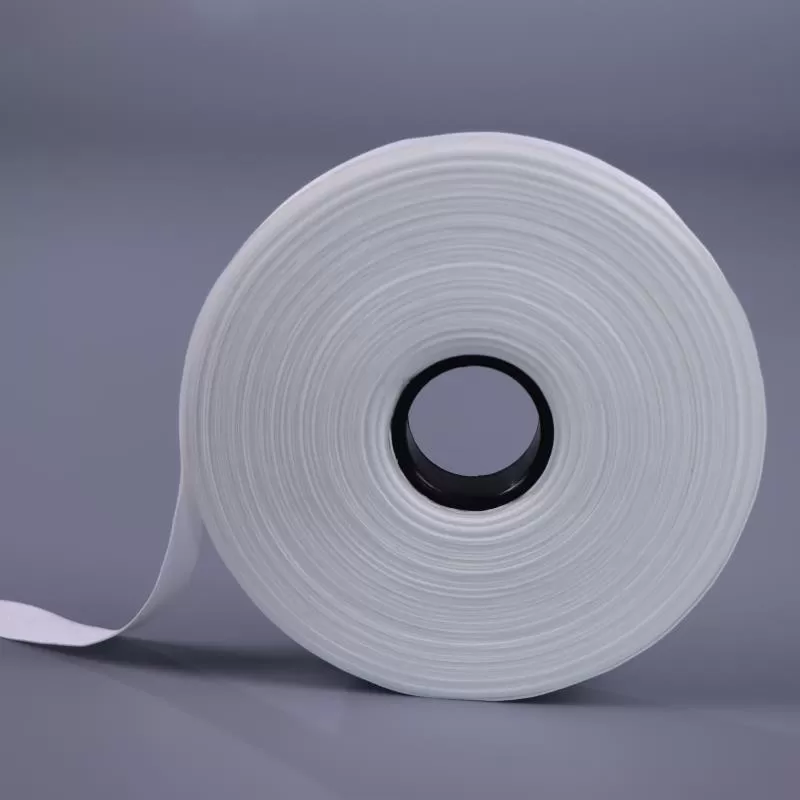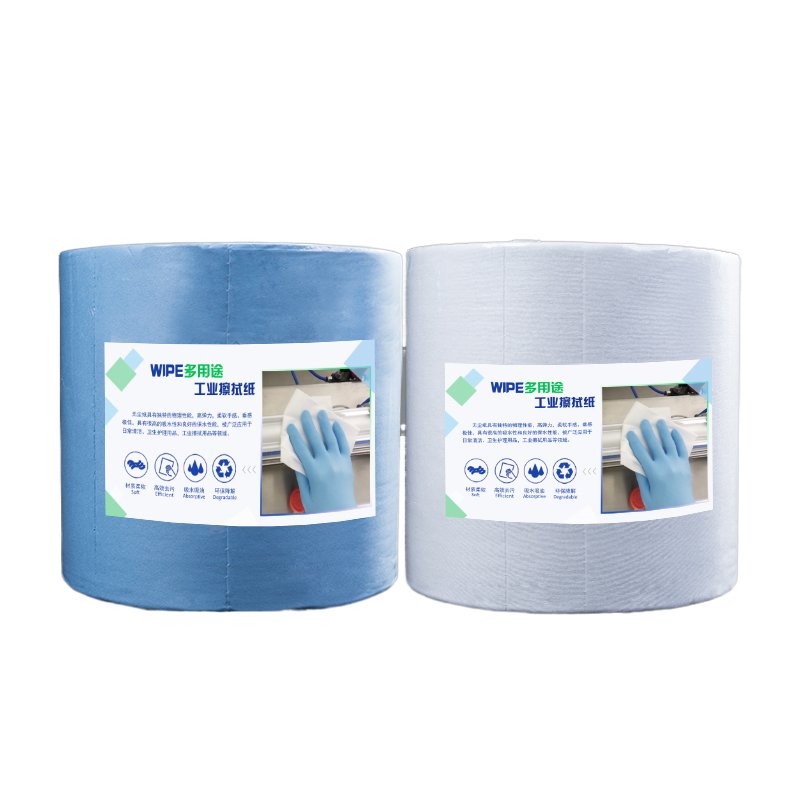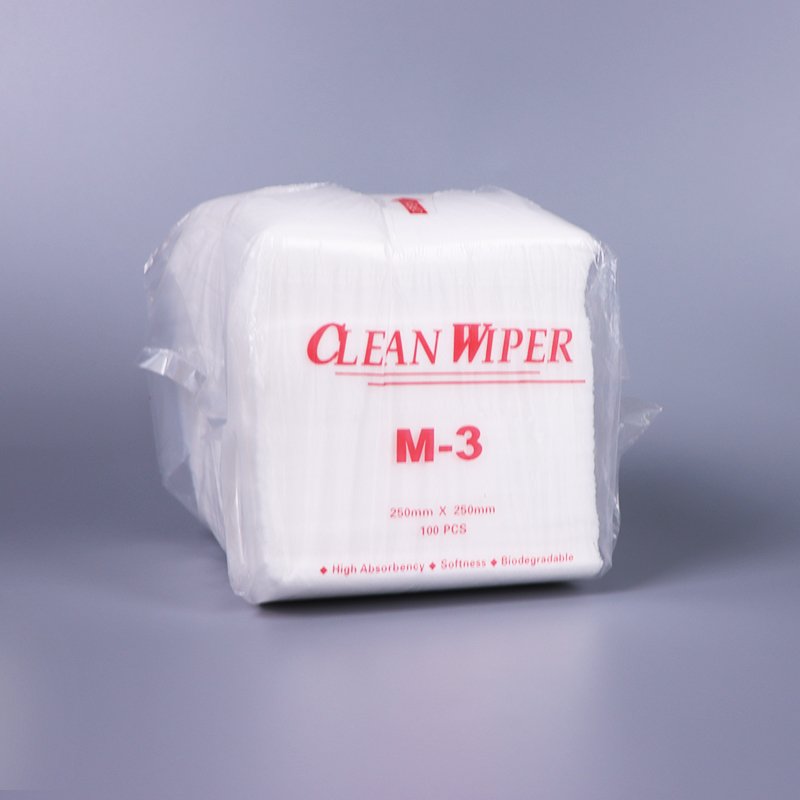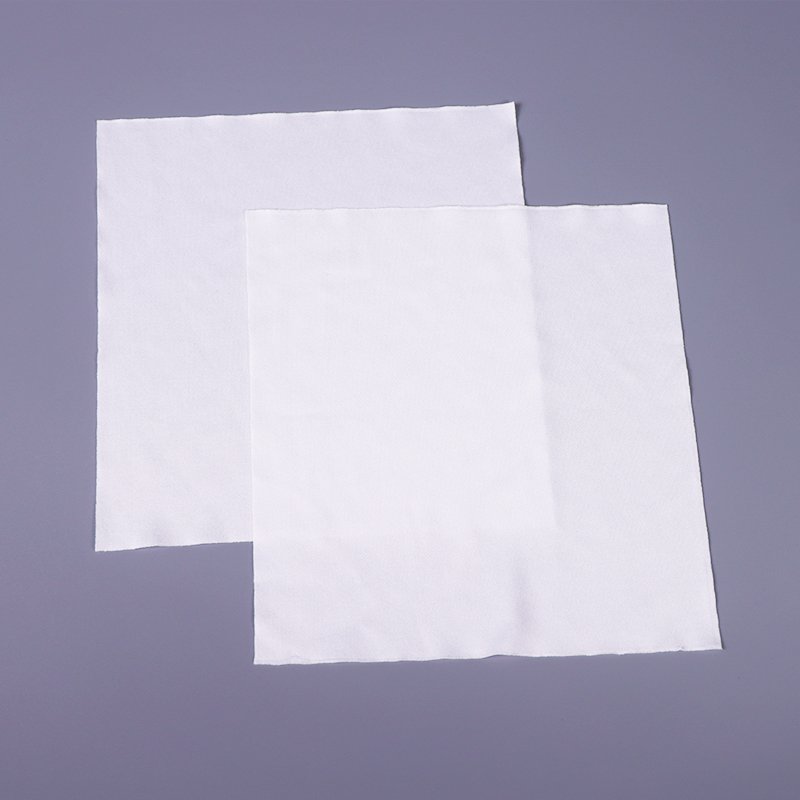In modern manufacturing—particularly in electronics, semiconductor, aerospace, and precision instrumentation—electrostatic discharge (ESD) is a silent but costly risk. A static discharge invisible to the naked eye can damage microcircuits, degrade reliability, or cause latent failures that surface months later.
In fact, just 10 volts can harm advanced semiconductor wafers, and as little as 5 volts can disrupt photomasks used in lithography. For reference, walking across a carpet can generate 3,000–10,000 volts.
ESD safe wipes are engineered cleaning tools that remove contamination while safely dissipating static charges. This article explains how they work, why they matter, and how companies are using them to protect sensitive components—often with measurable production gains.
Understanding the ESD Risk
Electrostatic discharge occurs when two objects at different electrical potentials make contact or come close, causing a sudden transfer of charge. In electronics manufacturing, this can result in:
-
Catastrophic failures – immediate component destruction
-
Latent defects – unseen damage that causes premature failure in the field
-
Intermittent faults – sporadic performance issues that are hard to diagnose
Case Insight:
A semiconductor packaging plant in Malaysia reported that after switching from standard polyester wipes to ESD safe wipes in their wafer handling area, device yield improved by 2.5% and latent failure returns dropped by 15% over six months. The main reason: reduced static buildup during surface cleaning.
How ESD Safe Wipes Work
-
Low Triboelectric Generation
Special fibers minimize static buildup during wiping, unlike ordinary polyester wipes that can generate charge when rubbed on surfaces. -
Controlled Surface Resistivity
Following ANSI/ESD STM11.11, ESD safe wipes have a surface resistivity in the range of 10⁵–10¹² Ω/sq, allowing charges to dissipate safely. -
Integration with EPA Controls
When used within an ESD Protected Area (EPA), wipes complement grounded benches, ESD wrist straps, and ionizers to maintain a low-charge environment.
Materials and Construction
-
Woven Polyester with Conductive Fibers – Low-lint, ISO Class 3–7 compatible, with carbon or metallic fibers interwoven for charge dissipation.
-
Nonwoven Blends with Antistatic Treatment – More economical, but ESD performance may degrade over time as surface treatment wears off.
-
Knitted Microfiber with ESD Yarn – Ultra-fine fibers for scratch-free cleaning of lenses, optics, and precision instruments.
Applications in Sensitive Industries
| Industry | Application | ESD Risk Reduction |
|---|---|---|
| Electronics | PCB cleaning, flux removal | Prevents charge during post-solder cleaning |
| Semiconductors | Wafer and photomask wiping | Maintains <10V static potential during cleaning |
| Aerospace | Avionics module cleaning | Reduces latent defect risk in flight-critical systems |
| Optics | Lens and sensor cleaning | Prevents dust attraction and image distortion |
Performance Standards and Testing
-
ANSI/ESD S20.20 – ESD control program framework
-
IEC 61340-5-1 – Protection from electrostatic phenomena
-
ISO 14644 – Cleanroom classification compliance
-
Surface Resistivity Testing – Confirms dissipative range
-
LPC, NVR, and IPA Extractables – Ensures low particle release and chemical cleanliness
Example Test Data:
A Class 100 cleanroom ESD wipe sample showed:
-
Surface resistivity: 3.8 × 10⁷ Ω/sq
-
LPC @ ≥0.5 μm: <0.5 particles/cm²
-
NVR (hexane extract): <0.2 mg/m²
Cost and ROI Considerations
While ESD safe wipes can cost 15–25% more than standard polyester wipes, savings often outweigh the difference:
-
Reduced rework and scrap rates
-
Lower latent defect returns
-
Fewer warranty claims and service disruptions
Example:
A PCB assembly facility investing $2,000/year more in ESD wipes avoided $18,000/year in rework costs.
Selection Guide
When choosing ESD safe wipes:
-
Verify ISO class compatibility
-
Check surface resistivity test reports
-
Match wipe size and edge finish to your cleaning process
-
Consider solvent compatibility (IPA, acetone, DI water)
Future Trends in ESD Standards
-
Tighter voltage limits in semiconductor handling (<5V for some advanced nodes)
-
Integration of particle and ESD testing in a single certification process
-
Sustainability focus – Recyclable conductive fibers and low-VOC antistatic treatments
Conclusion
ESD safe wipes are a small but crucial investment in protecting high-value, sensitive components. By preventing electrostatic damage during cleaning, they improve yield, reduce defects, and safeguard brand reputation.
Contact our technical team today to request a sample pack and see how ESD safe wipes can enhance both your contamination control and static protection programs.




